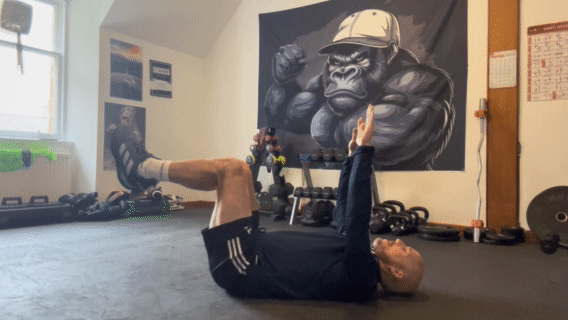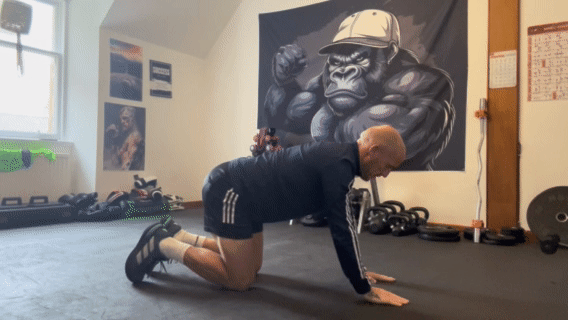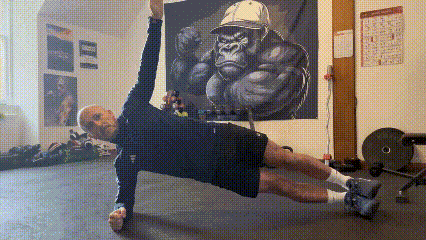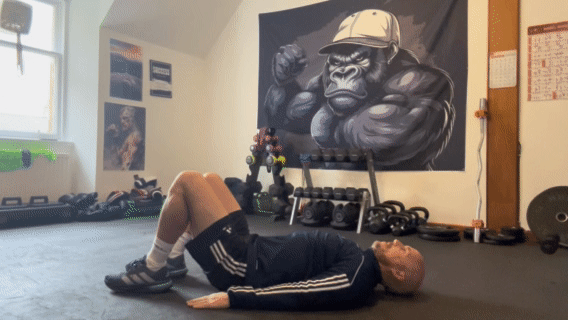The 3 Core Training Mistakes Everyone Makes (And How to Avoid Them) Core Strength Part 3
- Ross Geldart
- Jun 1
- 2 min read
Updated: Oct 21
If you’ve made it this far, you’re already ahead of most people. You understand that core strength isn’t just about abs—it’s about stability, movement control, and performance.
But here’s the reality: most people are doing core training wrong.
They’re either not engaging the right muscles, using the wrong techniques, or chasing results in all the wrong ways.
Let’s break down the three most common core training mistakes—and show you exactly how to avoid them.
Mistake 1: Chasing the Burn Instead of the Function
“I just need to feel the burn in my abs, right?”
Not quite.
That burning sensation is often just fatigue in the surface muscles (like your rectus abdominis), not an indicator of deep core activation. While it feels like you’re working hard, you might be reinforcing poor movement patterns and neglecting the muscles that truly matter.
Do This Instead:
Prioritise core stability first—planks, bird dogs, dead bugs—before moving into dynamic or high-rep movements. Learn to brace your core like a shield, not just flex it like a crunch.
Mistake 2: Training Core at the End When You’re Exhausted
Core exercises are often treated like an afterthought.
But by the time you reach the end of your workout, your form has slipped, your posture’s off, and you’re more likely to use momentum than muscle control.
Do This Instead:
Start with core activation at the beginning of your workout. A quick 5–7 minute core circuit not only primes your body for better performance but reinforces good posture for the entire session.
Try:
Dead Bugs
Forearm Plank
Glute Bridge
Hollow Hold
Mistake 3: Thinking Core = Abs Only
Let’s say it louder for the people at the back: your core is not just your abs.
It includes your lower back, obliques, diaphragm, pelvic floor, and glutes. If you’re only doing crunches, you’re missing 80% of what makes your core actually functional.
Do This Instead:
Use multi-directional and full-body exercises that challenge your core in real-world ways:
Anti-Rotation: Pallof Press, Plank with Arm Lift
Anti-Extension: Dead Bug, Rollouts
Anti-Lateral Flexion: Suitcase Carries, Side Planks
Hip Integration: Glute Bridges, Clamshells
These exercises build a core that’s strong and smart.
Train Your Core with Intention
The takeaway?
More doesn’t mean better. Smarter does.
By avoiding these common mistakes and sticking to purposeful, well-structured movements, you’ll build a core that actually supports your body—and sets you up for long-term progress in strength, posture, and injury prevention.
Next Steps
Find Part 4 of the series HERE
Want to take your Core Training to the next Level? Check out my 12 Week Core Progression Programme HERE
Speak soon!
Ross











Comments